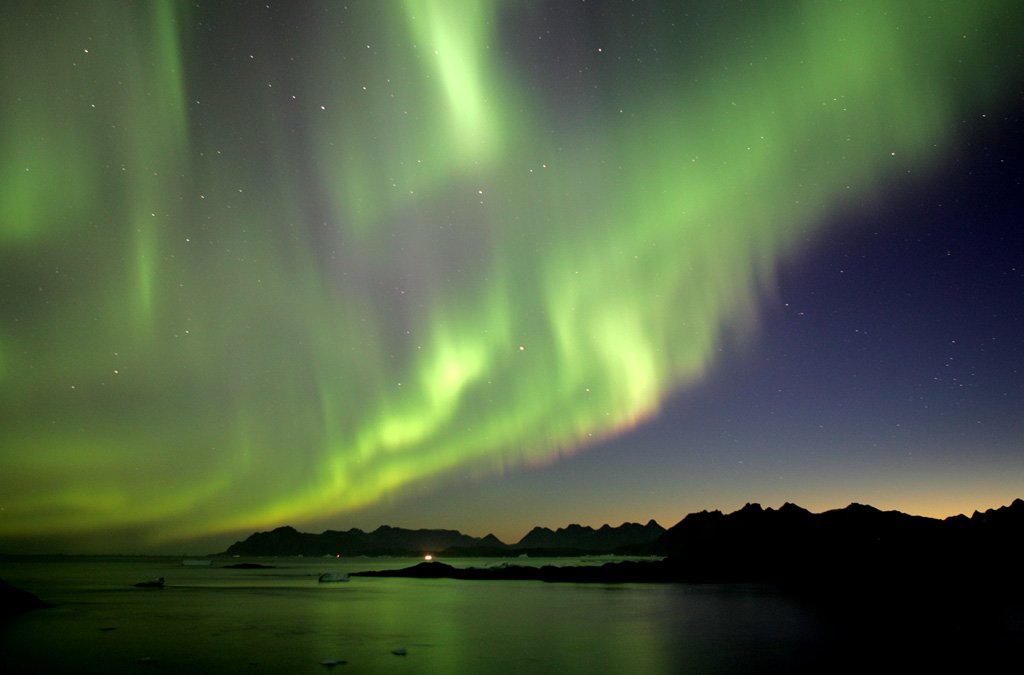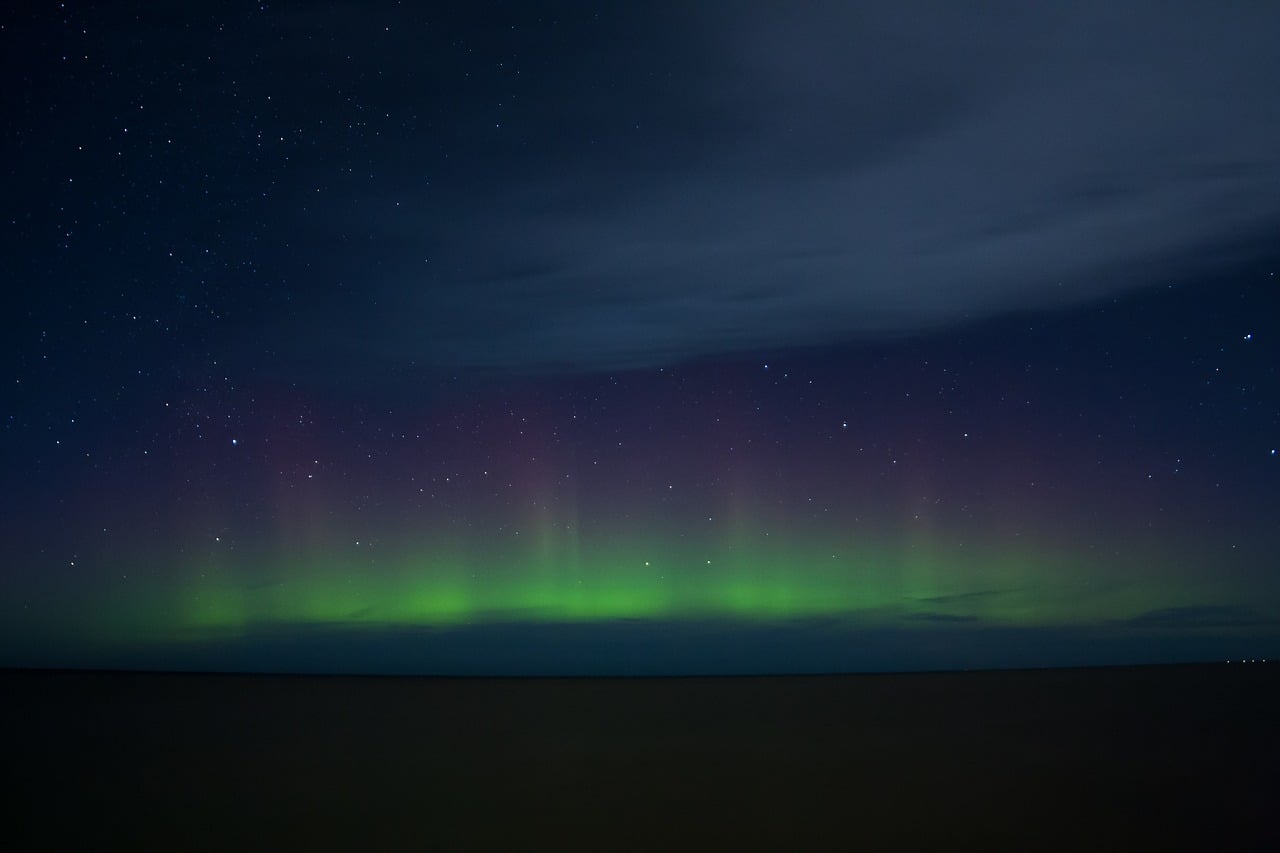
Northern states of the U.S., mainly states like Michigan and Maine, could experience and enjoy the beautiful Northern Lights from the amplification caused by the solar storm, according to an alert posted by the Space Weather Prediction Center (SWPC), which is a department of the National Oceanic and Atmospheric Administration (NOAA), in Boulder, Colorado. There is also a possibility that this storm could result in fluctuations in the weaker power grids, and may have a minor effect on the satellites in space, according to the center.
According to the scientists from SWPC, Wednesday’s geomagnetic storm is qualified as a G1 class, which is the most minor event class and will last from Wednesday until Thursday (March 15.) Solar storms come from what scientists refer to as a coronal hole. A coronal hole is a region on the sun which enables high-speed particles to travel out into space. Those particles, which are charged, are to arrive on Earth on Wednesday, and will likely amp up Earth’s Northern Lights.
According to Space.com, the phenomenon that includes auroras getting amped up, occurs when our planet’s magnetic field channels the charged particles from our sun to the polar regions of the planet. The solar wind will interact with particles located in Earth’s atmosphere and result in a breathtaking glow. Auroras that illuminate the North Pole are known as the aurora borealis, while those covering the South Pole are called the aurora australis.
Strong solar storms and strong solar winds can result in what scientists refer to as a geomagnetic storm. While in most situations the storms don’t pose any danger to humanity, but if they have a higher intensity, they can result in radio blackouts and interfere with power sources on Earth, as well as damage the satellites in orbit and telecommunications. But, their side effect also means that they can amplify Earth’s auroras, which results in more visible northern lights in areas in lower latitudes, giving sky watchers a pleasant view.
Earlier this week, the news of a massive geomagnetic storm to occur crowded social networks and Google News, worrying many. However, there is no reason to worry, as the storm is classified as a G1, which is nothing more than a minor storm.
The first ever documented geomagnetic storm occurred in 1859 and was named the Carrington Event, after Richard Carrington, the solar astronomer who was the one who caught the event in his private observatory, according to Space.com. Another major solar flare that erupted on Aug. 4, 1972 resulted in damage of long-distance telecommunications in some states, including Illinois, according to a NASA account.





